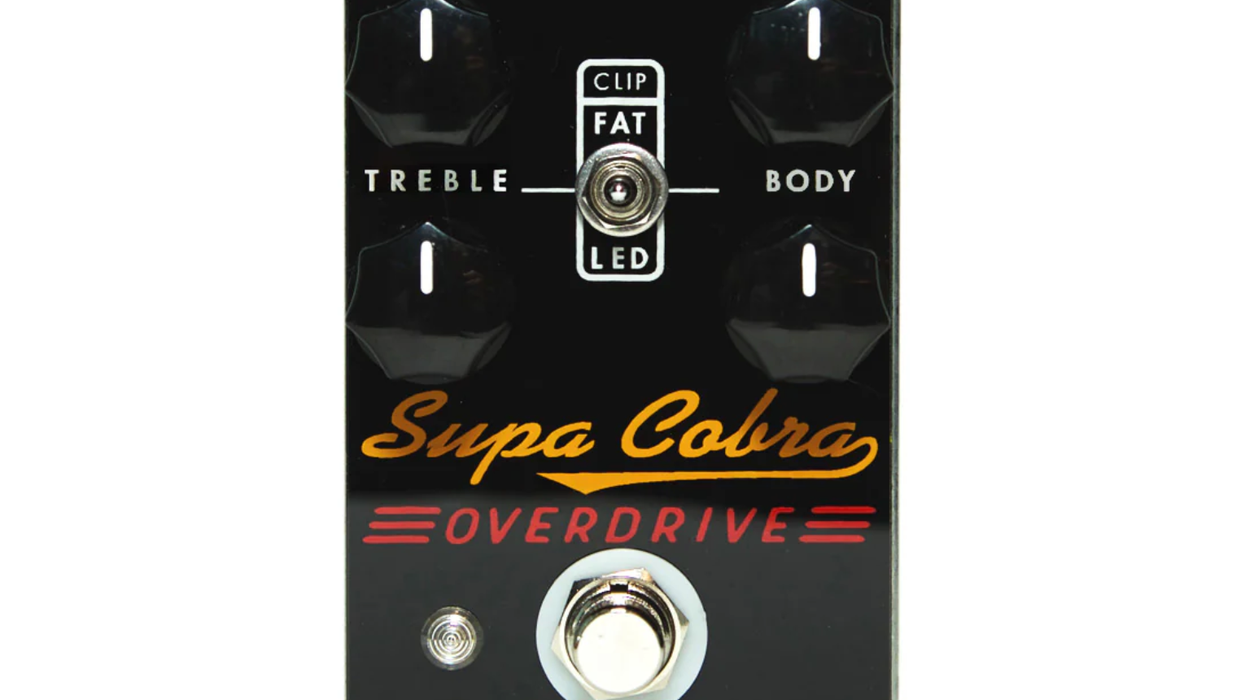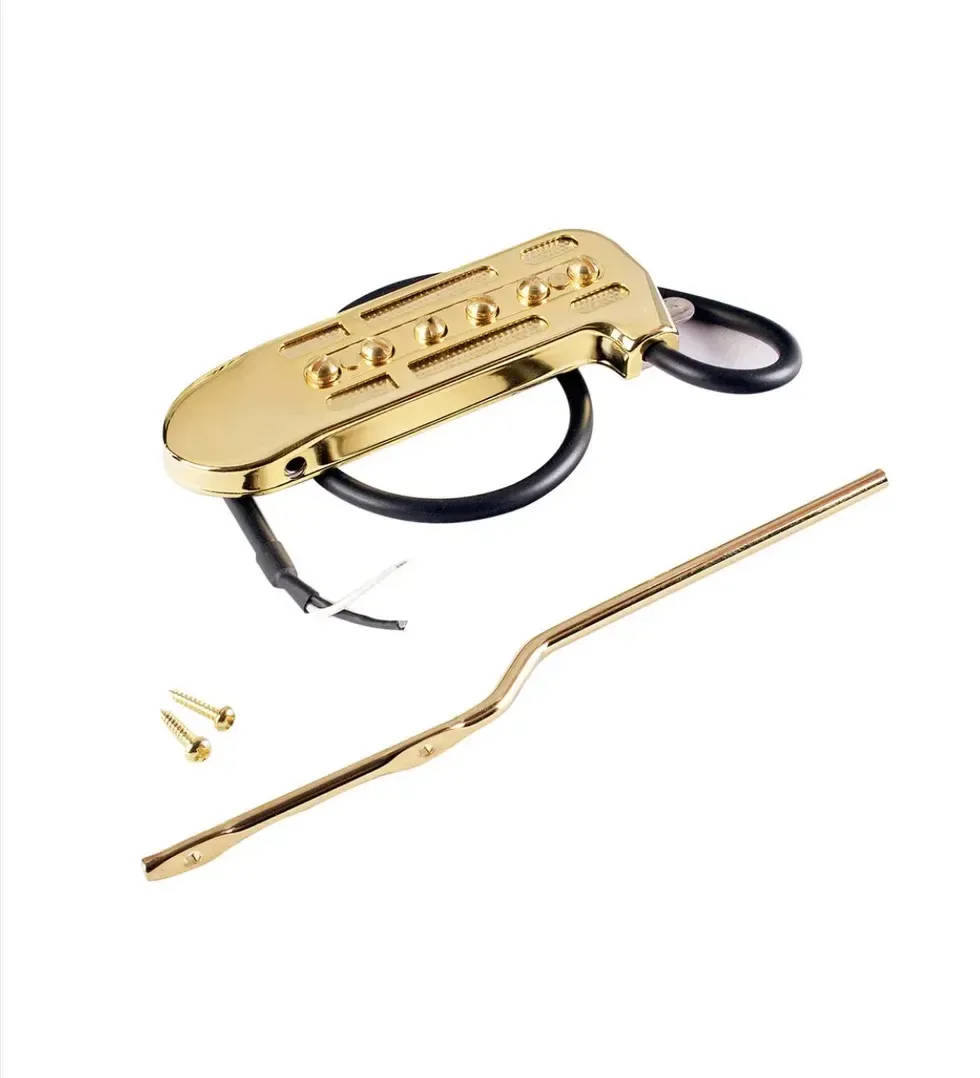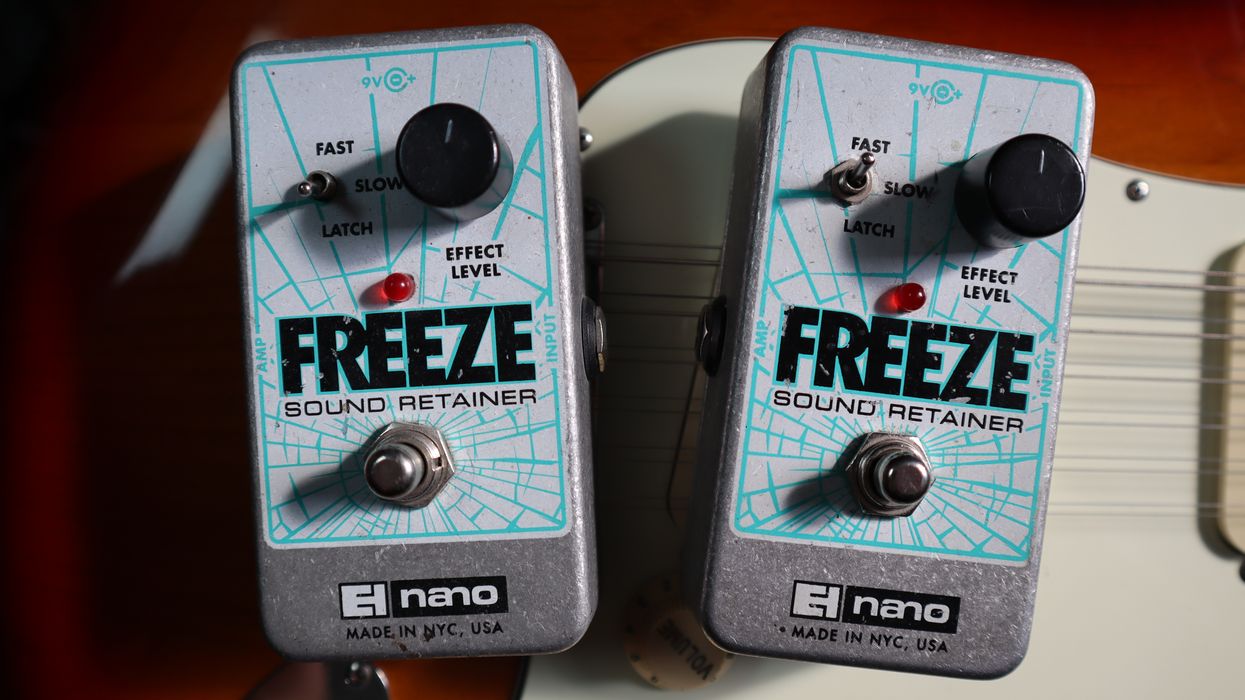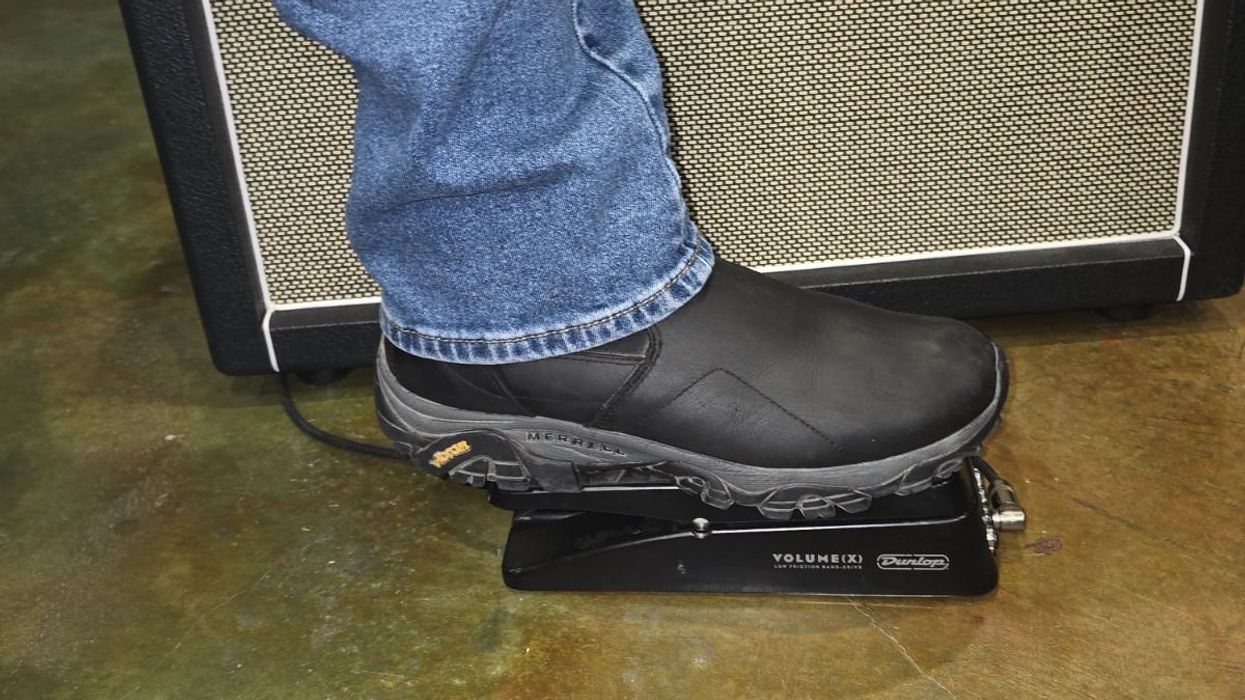Making the switch to a Kemper Profiler was a very personal decision for me, and so many factors went into it. In my earlier professional life, I considered myself a devout lover of tube amps and had invested in an extensive and well-built pedalboard featuring the effects I loved and trusted. I would bring a Fender Hot Rod Deluxe on trailer/bus tours, or fly with my pedalboard as checked luggage and backline different amps. For local shows, I’d lug my gear around and consider the venture a mixture of playing music and going to the gym.
Then, in 2017, I’d rented a room up two flights of stairs, and I’d just finished several international tours with various artists. I was nursing a chronic overuse injury in my left arm, and was becoming frustrated with the inconsistencies I experienced at different venues, caused by humidity, temperature, room size, audience, gear lost by an airline, etc. I’d fortunately hit a point of financial stability where splurging on a solution seemed practical. Friends and players I respect were talking about switching to Kemper’s fully digital approach. I’m grateful that I did the same thing. Although I still have my pedalboard and tube amps, I use my Kemper Profiler Stage on every gig that I can.
Until Kemper’s recent free OS 10.0 update—which includes the company’s new breakthrough, Liquid Profiling—I’d been a fairly simple user. I’d primarily downloaded my favorite rigs from friends whose ears I trust (fellow Nashville guitarists Mike Britt and Chris Reynolds) and tweaked them to my own specs and gig needs. But intrigued by the idea of a new OS that blended modeling with profiling, which would essentially provide all the sonic controls and bandwidth of the amps profiled inside the Kemper, I recently dived into profiling.
“All the important factors—gain, treble, mids, bass, etc.—are fully controllable as you gig or record.”
To my surprise, it was fairly easy. First, I learned the system’s original method for profiling. Basically, you find a favorite tone on the amp you’re profiling, plug a guitar into the Kemper’s front input jack, mike up the amp, and run that mic line to the Kemper’s return jack. Then you complete the loop by running a cable from the amp’s input jack to the Kemper’s 1/4" send jack. (For Kemper Stage users, like me, this will require a male XLR to TRS adaptor.) The Kemper’s LCD screen gives you step-by-step instructions. You follow them, refine, and play—A/B listening with headphones, until the Kemper nails the exact sound you want. When you initialize the profiling process on the Kemper, it sends test tones through the amp, retrieves the sonic properties of the amp’s setting, and saves a snapshot of the amp’s properties that you can call up when you’re rocking.
Once I had that down, I learned that the process had to change a little bit in OS 10.0 to take advantage of Liquid Profiling. Instead of capturing an amp’s sweet spot, you capture the amp with all the settings at noon—actually about 5.5 on the amp I used, which has typical dial markings of 1 to 10 . Then, from Kemper’s extensive menu of tone stacks, you choose the most desirable one to pair with the profile. That allows for the amp’s entire sonic profile to be digitally recreated within the Kemper, rather than just one sweet spot. After that, it’s a matter of using the Kemper’s dials just as you would that original amp’s. This means all the important factors—gain, treble, mids, bass, etc.—are fully controllable as you gig or record.
My newly acquired profiling skills are already paying off, since I can now bring the versatility and flexibility of my Hot Rod Deluxe with me anywhere, and my Kemper lets me engage with gain and EQ settings in an organic way—an improvement over the old operating system’s limitation of engaging in only one set-in-stone tone stack. There are a few other new developments with this update, too, including USB recording and a user app for Android phones.
My Kemper Stage sounded great before, but unless you’re a player who tends to set-and-forget after profiling, it didn’t quite nail the feel of a real amp. Now, with Liquid Profiling bridging the worlds of modeling and profiling, the nail’s been hit squarely on the head.


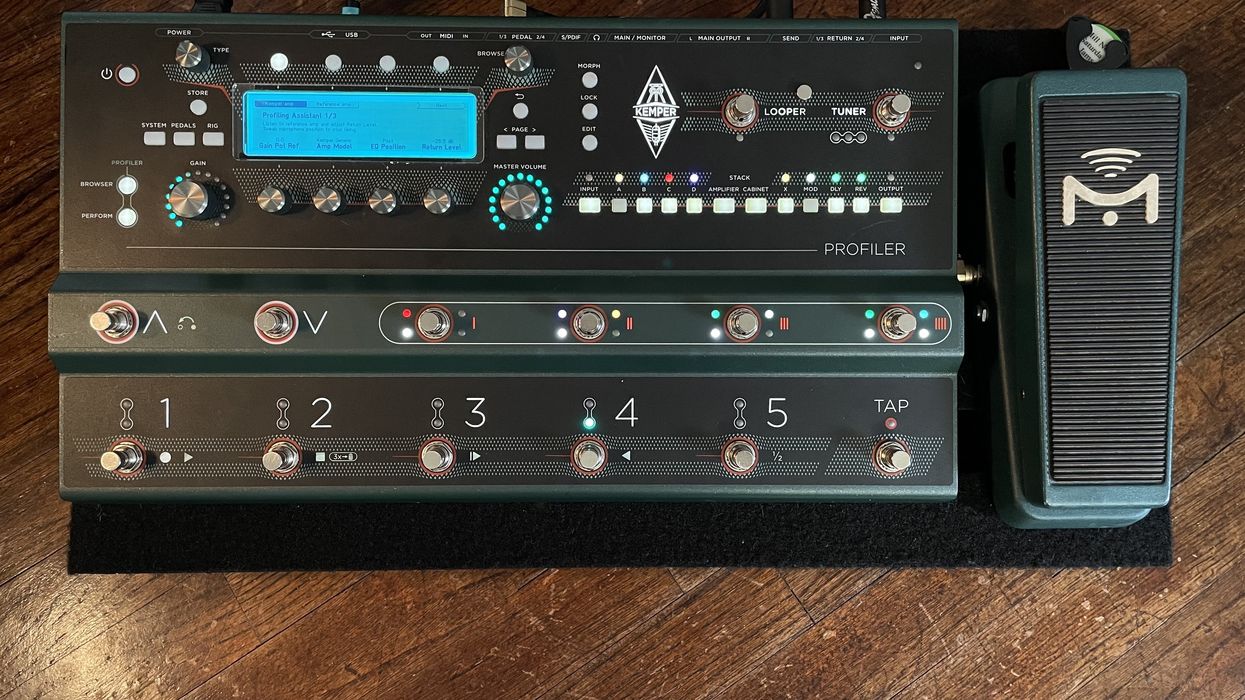

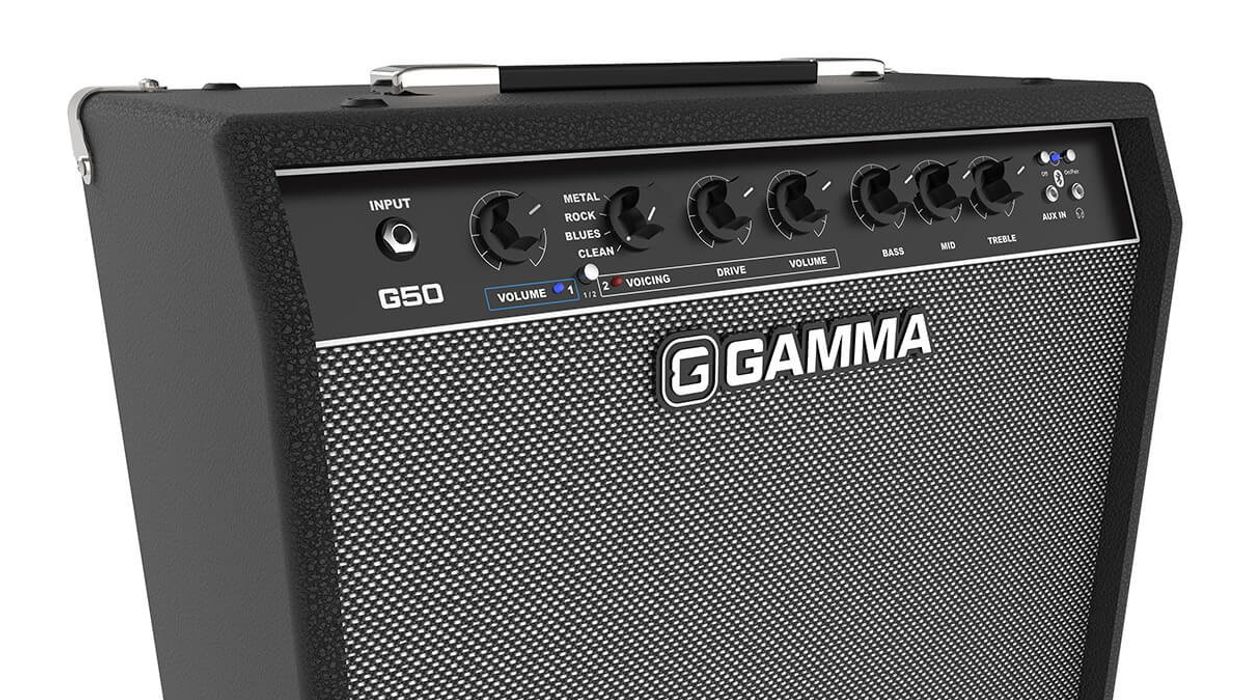
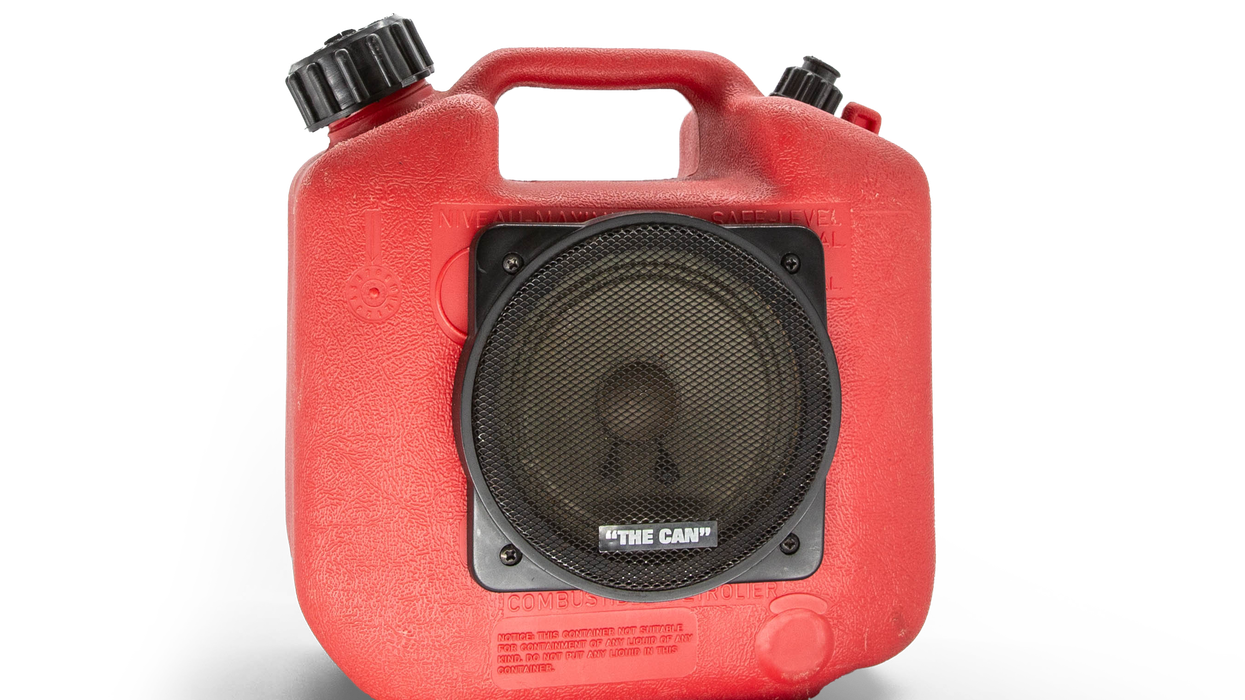
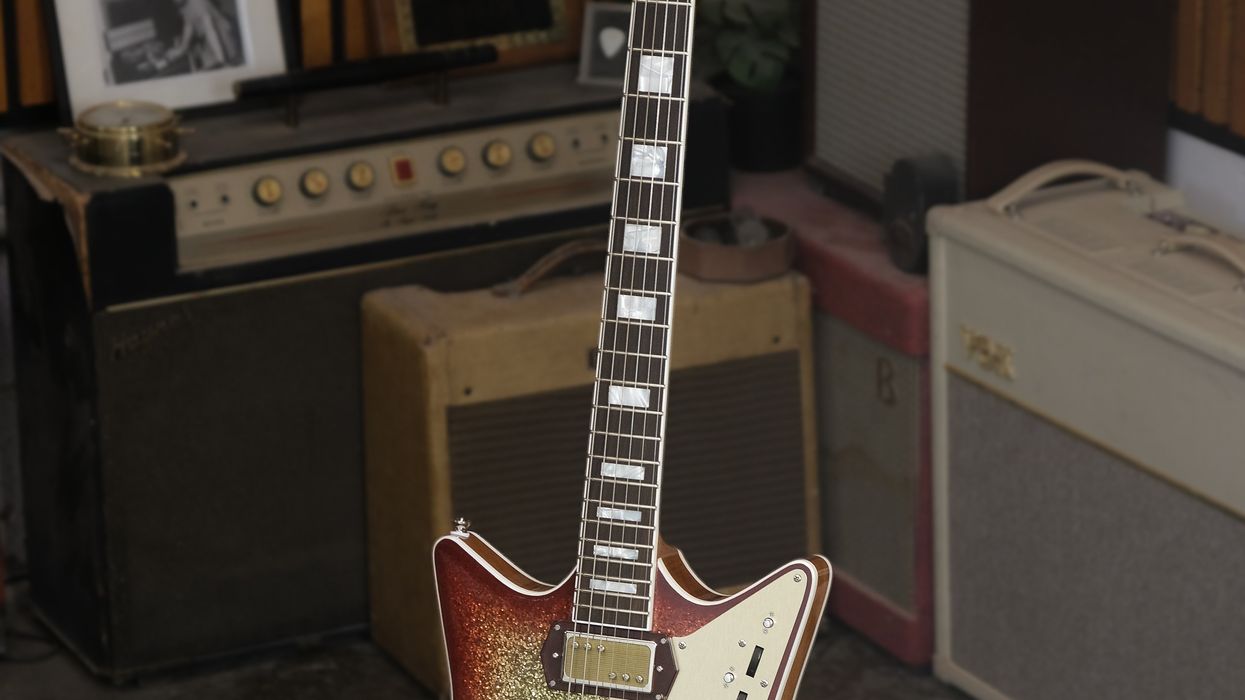
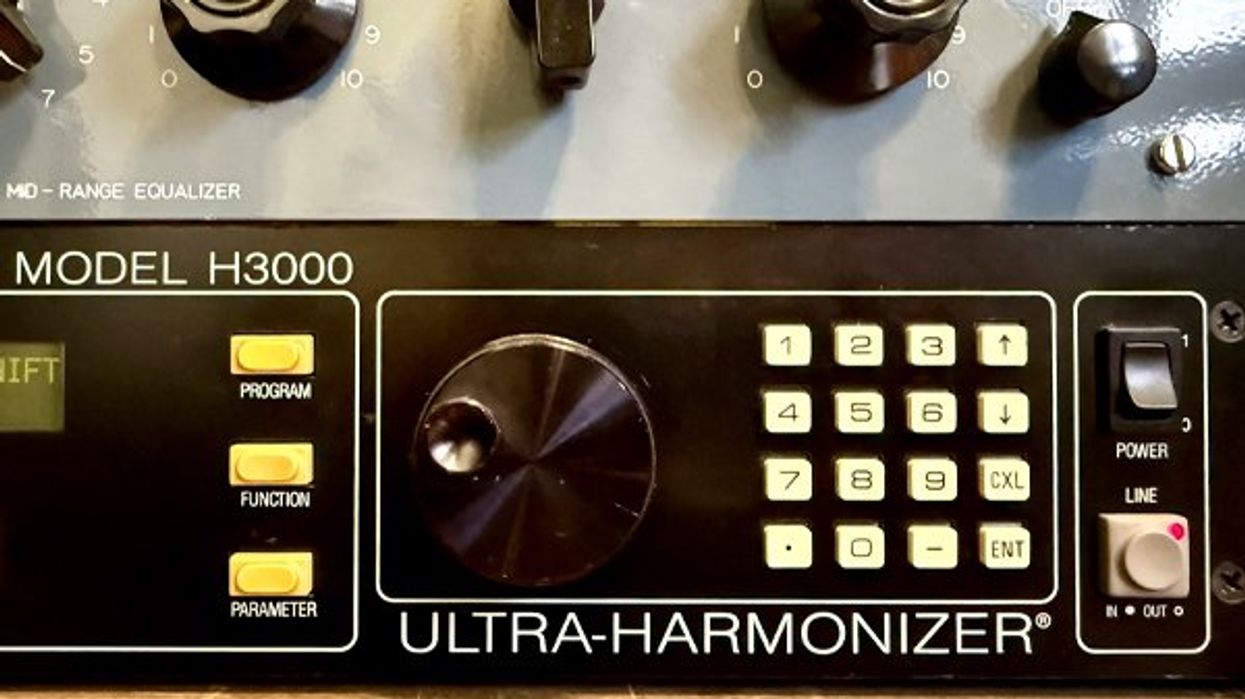
 Guitarists are used to coveting cranky, old gear, but if you’re not a rack user, the H3000 might not be for you! If you ever see one of these in a studio, be sure to take some time to check it out, and maybe give the plugin a try.
Guitarists are used to coveting cranky, old gear, but if you’re not a rack user, the H3000 might not be for you! If you ever see one of these in a studio, be sure to take some time to check it out, and maybe give the plugin a try.![Rig Rundown: Russian Circles’ Mike Sullivan [2025]](https://www.premierguitar.com/media-library/youtube.jpg?id=62303631&width=1245&height=700&quality=70&coordinates=0%2C0%2C0%2C0)





